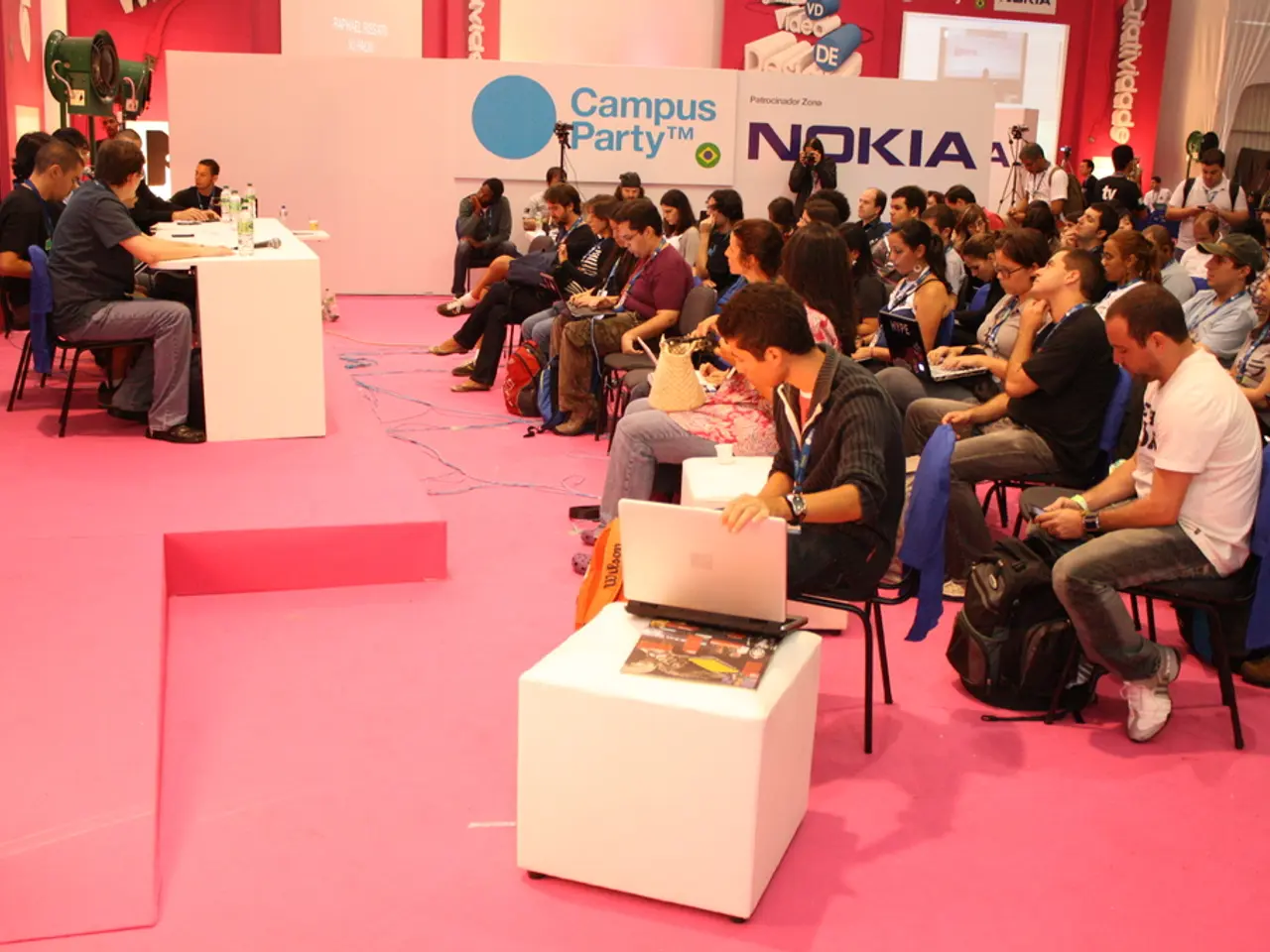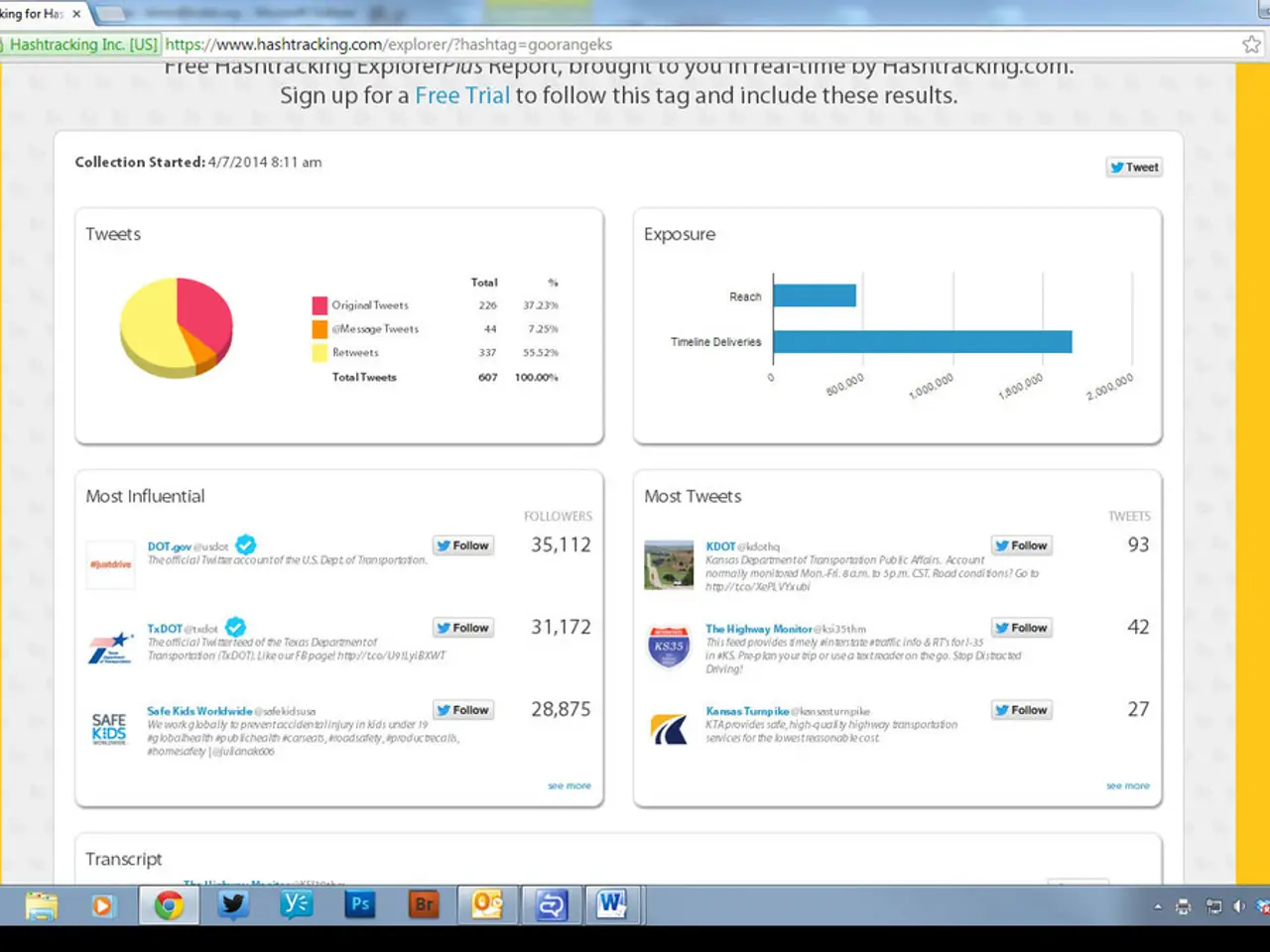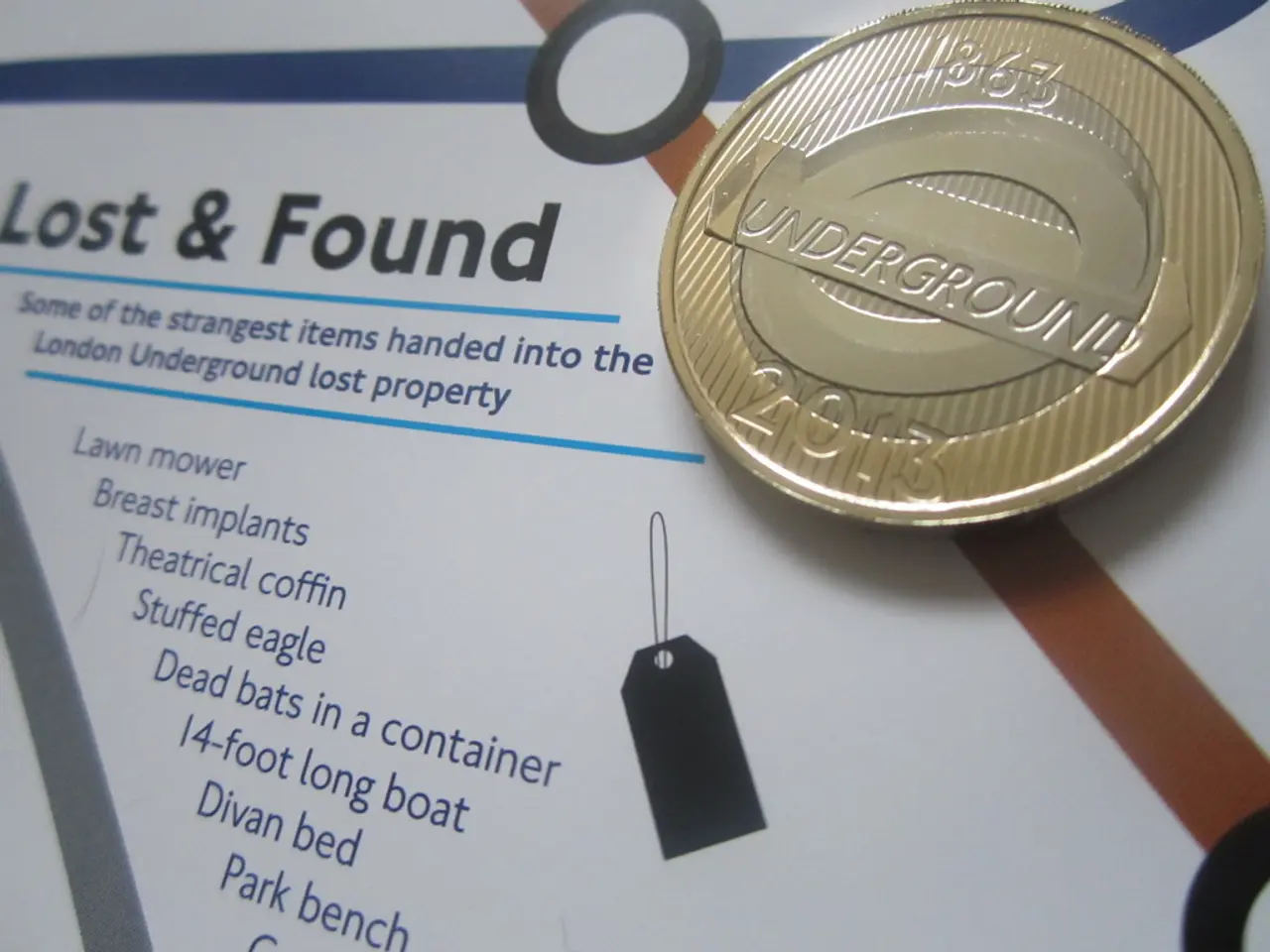Functioning of Mixed Reality: Insight into the Technology
Mixed Reality (MR) technology is revolutionizing the way we interact with the digital world, offering an immersive experience that blends the real and virtual worlds more deeply than Augmented Reality (AR) or Virtual Reality (VR).
MR devices, such as the Microsoft HoloLens and Magic Leap, consist of essential components like sensors, processors, displays, and cameras. These components enable user movement tracking, virtual object creation, and seamless blending with the real world.
Unlike AR, which overlays digital content onto the real physical world, MR devices anchor virtual objects in the physical space, allowing realistic and interactive blending where digital content behaves as if physically present. For example, virtual objects can respond to and interact with real-world surfaces and move dynamically according to the user’s perspective and position.
MR technology differs from VR, which fully immerses the user in a completely digital environment, cutting off visual and sensory input from the real world. Instead, MR offers a hybrid experience where users can manipulate and engage with digital objects as if they physically coexist with real-world elements.
This interactive, context-aware digital content creates a more integrated and immersive experience compared to the overlay-only AR or fully immersive but separate VR. The potential of Mixed Reality spans numerous industries, offering applications in simulations, data visualization, and collaborative workspaces, transforming how we interact with the digital world.
In terms of functionality, MR devices use sensors like depth cameras and motion detectors to perceive real-world geometry and users’ positions to seamlessly fuse virtual content with physical reality. Users can interact with virtual and real objects in real-time, such as moving virtual icons on a real desk or having virtual characters respond socially to the user.
Addressing technical challenges in Mixed Reality development requires innovative solutions such as advanced algorithms for real-time rendering, enhanced network capabilities for reduced latency, and improved spatial tracking through sensor technologies. Spatial mapping in Mixed Reality enables devices to understand and map the physical environment in real-time, creating a digital representation of the user's surroundings for seamless integration of virtual objects.
User interaction methods in Mixed Reality include gestures, voice commands, and controllers, enabling users to manipulate virtual objects and engage with the digital world seamlessly. Future developments in Mixed Reality software focus on enhancing capabilities to support complex simulations, data visualization, and collaborative workspaces, as well as integrating AI algorithms, natural language processing, and cloud-based services for improved functionality and accessibility.
Mixed Reality devices come in various forms, including AR Headsets, MR Headsets, and VR Headsets, each catering to different user needs. As advancements in both hardware and software continue, we can expect to see improved immersion and functionality, pushing the boundaries of innovation in sensor technologies and software capabilities.
In conclusion, Mixed Reality technology is merging Virtual Reality and Augmented Reality, allowing physical and digital objects to coexist and interact in real-time. This immersive experience offers numerous applications across various industries, transforming the way we interact with the digital world.
- Mixed Reality (MR) technology, different from Augmented Reality (AR) or Virtual Reality (VR), supports a hybrid experience by anchoring virtual objects in the physical space and enabling realistic interactions with real-world elements.
- MR devices, such as the Microsoft HoloLens and Magic Leap, utilize essential hardware components, like sensors, processors, displays, and cameras, for user movement tracking, virtual object creation, and seamless blending with the real world.
- Spatial mapping within Mixed Reality uses advanced algorithms and sensor technologies to understand and map the physical environment in real-time, creating a digital representation of the user's surroundings for seamless integration of virtual objects.
- In terms of user interaction, MR devices offer various methods, including gestures, voice commands, and controllers, to manipulate and engage with the digital world more interactively and intuitively.
- Future developments in Mixed Reality technology focus on enhancing software capabilities, such as supporting complex simulations, data visualization, and collaborative workspaces, as well as integrating AI algorithms, natural language processing, and cloud-based services for improved functionality and accessibility.
- As advancements in both Mixed Reality hardware and software continue, we can expect to see improved immersion, functionality, and innovation, pushing the boundaries of sensor technologies and software capabilities in the education, healthcare, manufacturing, and technology sectors.




